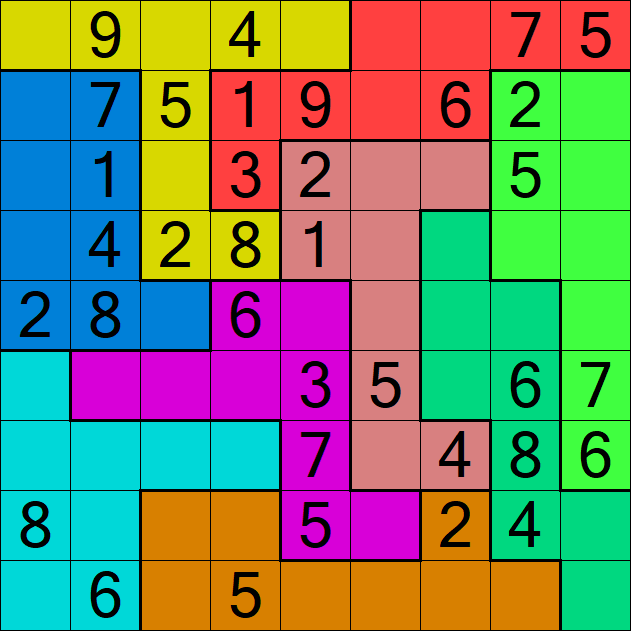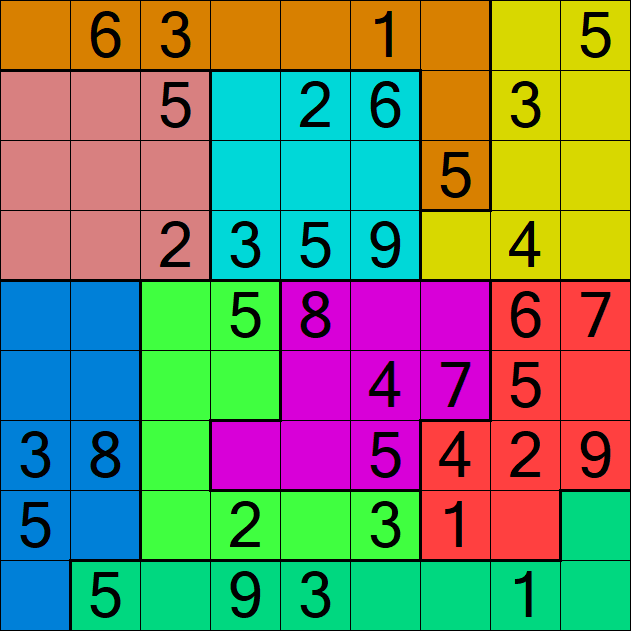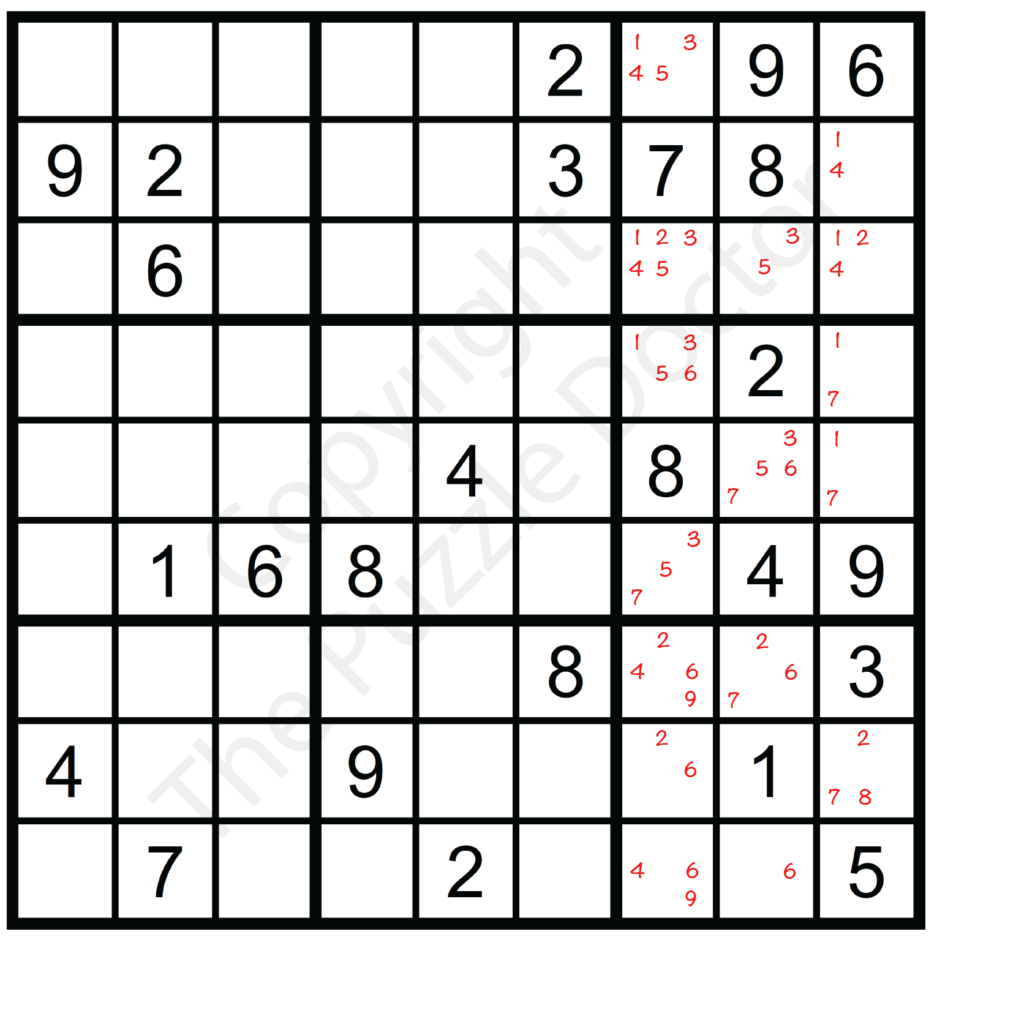A New Sudoku Adventure – Jigsaw Sudoku
Welcome to the world of Jigsaw Sudoku, an intriguing variation of the classic Sudoku puzzle that promises to stretch your logic and pattern recognition skills in new and exciting ways. Unlike traditional Sudoku, with its rigid 3×3 boxes, Jigsaw Sudoku shakes things up with irregularly shaped regions. Each Jigsaw Sudoku puzzle offers a new challenge as the regions will rarely be the same. The shapes weave across the grid, breaking the usual patterns and offering a refreshing departure from the Sudoku norm. The varying regions add an extra layer of complexity, requiring solvers to adapt their strategies to fit the unpredictable layouts. Perfect for both experienced Sudoku lovers and those looking for a new kind of puzzle-solving delight, Jigsaw Sudoku blends familiar rules with a distinct twist, making every game a unique adventure. Prepare to be engaged and challenged as you navigate the distinctive landscapes of Jigsaw Sudoku.
How to Play Jigsaw Sudoku
Understanding the Grid
The basic grid in Jigsaw Sudoku is only slightly similar to classic Sudoku as it is a 9×9 grid composed of nine sub-grids. Where it departs from traditional Sudoku is the layout of the sub-grids. There are 9 sub-grids each consisting of 9 cells These sub-grids can span many rows and columns and be irregularly shaped.


Rules of Jigsaw Sudoku
The rules are Jigsaw Sudoku are the same as traditional Sudoku. Each row, column, and sub-grid must contain the numbers 1-9 without repetition. Simple enough!
Jigsaw Sudoku Solving Strategies
Since Jigsaw Sudoku only differs in the way the sub-grids are formed, the same strategies to solving traditional Sudoku apply to Jigsaw Sudoku. Here are a few basic strategies:
- Open Singles
If a row, column, or sub-grid is missing only one letter, fill it in. - Look for frequent numbers
Scan for numbers that appear frequently. They might be easier to place since there are fewer remaining. - Single Candidate
Look at the row and column for a single cell to determine if there is only 1 candidate. If there is, fill it in. - Look for minimal possibilities
By identifying cells or blocks limited to 2 or 3 possibilities, these possibilities can be eliminated from other cells or blocks. - Stay organized
Keep track of the strategies you’ve used and ones you may need to revisit as you fill out the grid.
For an in-depth discussion and demonstration of various Sudoku solving techniques, check out our guide on How to Play Sudoku
Useful tips
- Pencil and eraser are your friend!
Make sure you use a sharp pencil with an eraser. When you first start solving Sudoku puzzles, you are likely to make mistakes. Even seasoned Sudoku puzzlers make mistakes. - Pace yourself
Accuracy is more important than speed. The more accurate you are as you solve the puzzle, the less likely you are to makes mistakes. If you make a mistake, sometimes you can recover easily. However, if the mistake is one you don’t catch until the puzzle is almost complete, you may need to backtrack all the way to the beginning. And don’t worry, as you solve more Sudoku puzzles, you will get better at applying your logic and your speed will organically increase. - Approach each puzzle systematically
Start with the obvious and move to the more difficult parts of the puzzle. For instance, it is better to start with a row, column, or sub-grid that is mostly complete than one with a single number. Or starting with a number that occurs frequently in the puzzle already rather than a number that occurs once. - Practice, practice and practice!
Sudoku is about applying logic and problem solving. These are skills we all have on some level, but new skills take time to develop. The more you practice and play Sudoku puzzles, the better you will get at accessing the logic you’ve learned and applying that logic to solving them regardless how difficult. - Use a notation system
Using a notation strategy is helpful to keep track of all the decisions you make. Here’s an example of the notation system I use:
And remember, every legitimate Jigsaw Sudoku puzzle has only one solution. Happy Puzzling!